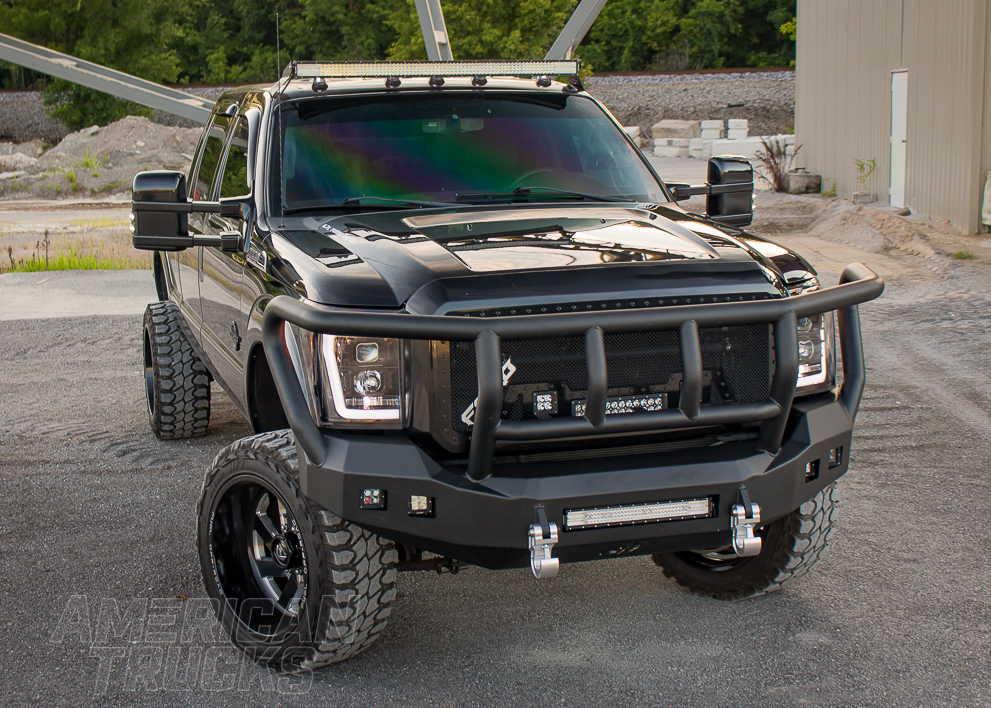Your face is your moneymaker. It’s the first thing anyone sees and, sad to say, it’s the first thing many people are going to judge you by. Unfortunately, without thousands of dollars, you’re stuck with the face you’re born with. This is not the same for an F-250 though. Changing the F-250’s face is easy to do and will be a great way to let the world know what you’re all about on first glance. Making use of aftermarket grilles does this. The good news is that unlike a nose job, it’s really hard to make a bad choice here. And if you do, making another update is much cheaper and way less painful.

Table of Contents
- What is a Grille and What Does it Do?
- Grille Differences Between Submodels and the 2011-2016 and 2016-Current Gens
- Materials Used in Aftermarket Grilles
- Benefits of Aftermarket Grilles
- How Durable are Side Steps?
- Installation Difficulty/Brief How-To
Shop F250 Grilles
The grille is generally the most iconic appearance part of most vehicles, especially trucks. In terms of the F250, there's a lot of real estate to play with. An aftermarket grille not only personalizes your truck, but can provide mild performance or lighting add-ons as well.